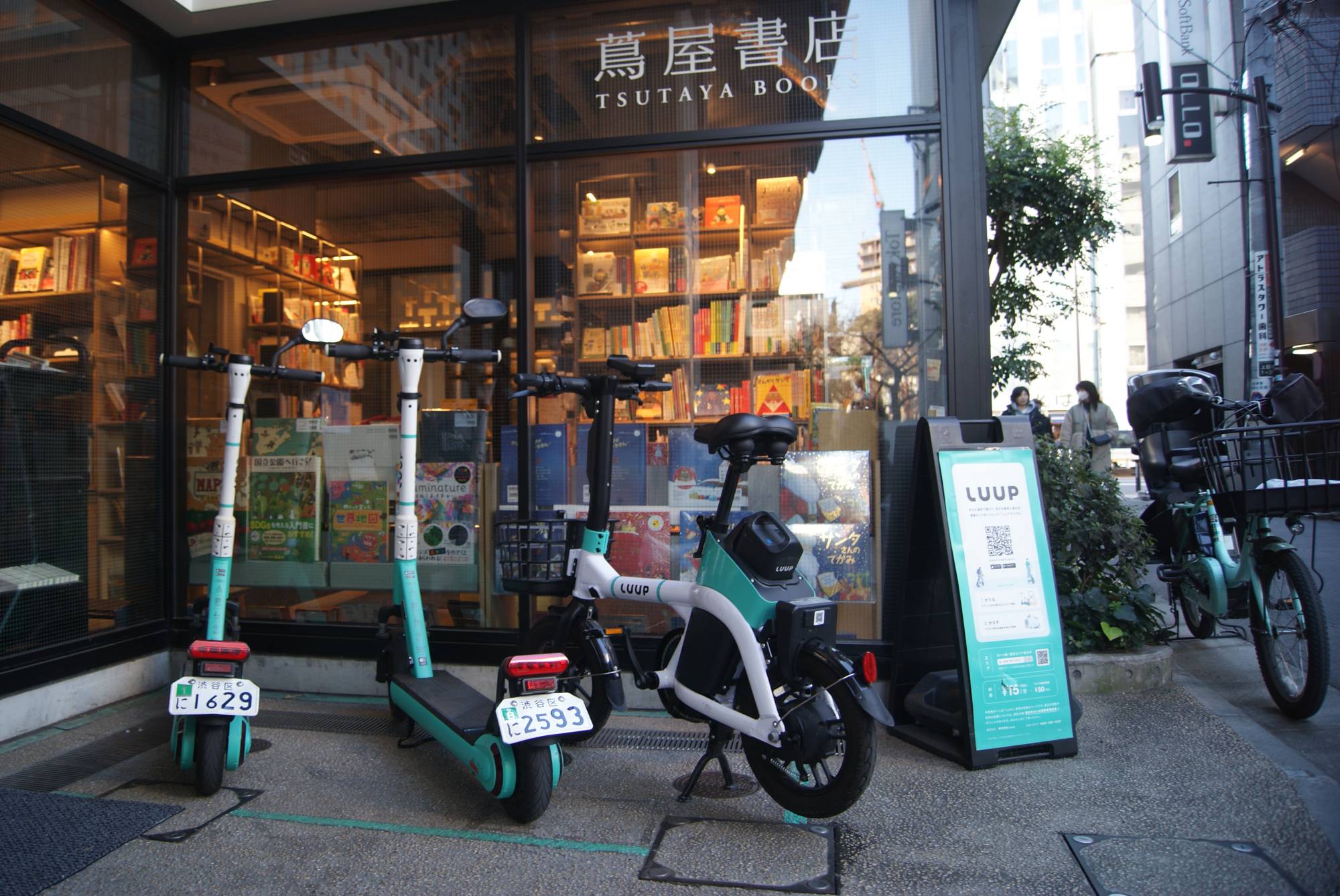Picture the scene: You’re running late for work for the second time in a week. It’s a cold winter’s day, your long coat bogging you down as you jog to catch the train. You look at your watch and with desperation realize that you’re never going to make it to the station in time.
Just as you’re about to admit defeat and call your boss, you turn a corner and there — as if appearing out of thin air — stands a row of electric miniscooters. Accessing the service’s app on your smartphone, you take off for the station, making it there a cool five minutes before the train departs.
Many of us have been there — the daily city commute where the distance between home and the station is just a bit too far to be comfortable, and the rushed morning schlep to the office takes on that extra dimension of unwelcome stress.



















With your current subscription plan you can comment on stories. However, before writing your first comment, please create a display name in the Profile section of your subscriber account page.